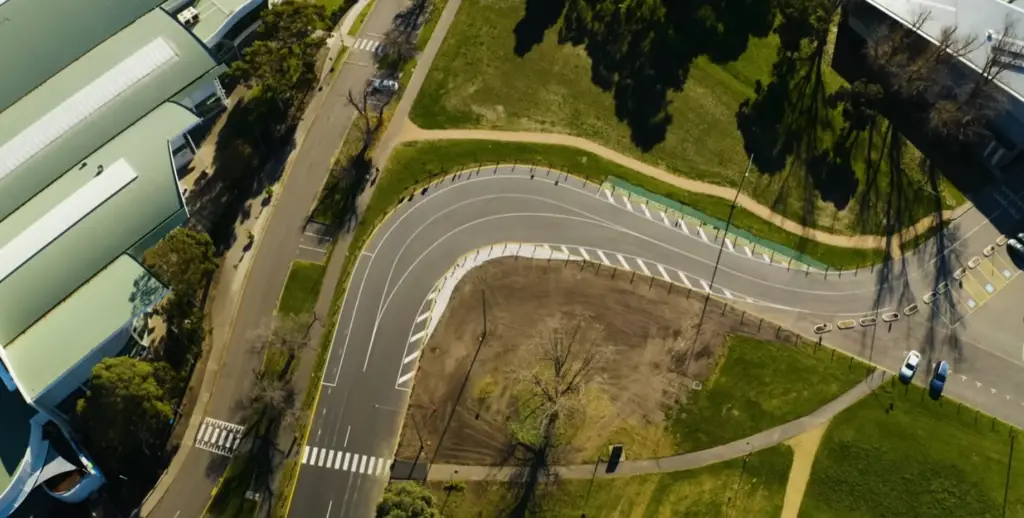F1 News: These Are The Changes Coming to The Australian Grand Prix And Why They’re Being Made
This coming weekend marks the return of F1‘s famous Australian Grand Prix, but accompanying the return of the Melbourne track comes a number of changes which look to improve the quality and excitement of the track.
The Albert Park circuit was looking to make a comeback in 2021 but it was cancelled for a second time. But now it looks to return with more speed and better racing after years of it being a street track that’s known for racing with little overtaking opportunities. To change this, 7 of the 16 corners have had changes made to them, with a number of parts of the track being widened. Camber has also been added to a lot of these corners.
The main right hander at the end of the fast straight is the main objective here, with it being turned into the optimal part of the track for a driver to take on the car in front as they push into the esses.
Turn 6 has been widened by a substantial 7.5 metres which will allow drivers to take a wide racing line at higher speeds. We’re looking at an average corner speed of 136mph up from just 93mph. Following this, Turn 9 and 10 have been removed, allowing the cars to pick up more speed before the left-right esses and allowing cars to get closer together for more overtaking opportunities.
The next right turn has been reprofiled to extend the straight, and while the road is wider, the corner angle is tighter than before, again with the hopes that this will bring drivers closer together and allow for more overtaking.

“Traditionally, the street circuit nature of Melbourne has made for a fantastic technical and physical challenge for the drivers, but also led to difficulty in overtaking,” says Dave Robson, Williams head of vehicle performance.
“The revisions to the layout and DRS zones should improve this, potentially making it one of the very best circuits on the Formula 1 calendar,” via The Race.
The first chicane has been widened by 2.5 metres, Turn 3 widened by 4 metres, and a second to last corner has also been widened by 3.5 metres, which will allow F1 drivers to manipulate their lines to get ahead of their competitors.
“Lap times will be four to five seconds quicker than they were in the old-spec cars with the old track configuration,” Australian Grand Prix Corporation boss Andrew Westacott told the press.

“You want to reward aggressive driving and penalise poor driving and we think that the changes we have made are going to achieve this.
“I think it is going to be the most spectacular racing we have seen for decades.”
On top of these changes, the pitlane has been widened by 2 metres, likely followed by a speed limit increase, and the track has been resurfaced and flattened. This sounds good, but this will actually decrease grip a little while upping tyre wear. These variables could change throughout the race.
This is looking to be a very interesting race.



